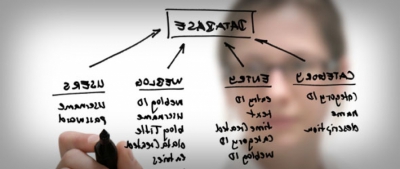
Development (7)
Phase Six: Maintenance

Written by Dave Ashton
The development of your web site is not necessarily over, though. One way to bring repeat visitors to your site is to offer new content or products on a regular basis. Most web designers will be more than happy to continue working together with you, to update the information on your web site. Many designers offer maintenance packages at reduced rates, based on how often you anticipate making changes or additions to your web site.
Phase Five: Testing and Delivery

Written by Dave Ashton
At this point, your web designer will attend to the final details and test your web site. They will test things such as the complete functionality of forms or other scripts, as well last testing for last minute compatibility issues (viewing differences between different web browsers), ensuring that your web site is optimized to be viewed properly in the most recent browser versions.
Phase Four: Development

Written by Dave Ashton
The developmental stage is the point where the web site itself is created. At this time, your web designer will take all of the individual graphic elements from the prototype and use them to create the actual, functional site.
This is typically done by first developing the home page, followed by a “shell” for the interior pages. The shell serves as a template for the content pages of your site, as it contains the main navigational structure for the web site. Once the shell has been created, your designer will take your content and distribute it throughout the site, in the appropriate areas.
Phase Three: Design

Written by Dave Ashton
Drawing from the information gathered up to this point, it’s time to determine the look and feel of your site.
Target audience is one of the key factors taken into consideration. A site aimed at teenagers, for example, will look much different than one meant for a financial institution. As part of the design phase, it is also important to incorporate elements such as the company logo or colors to help strengthen the identity of your company on the web site.
Phase Two: Planning

Written by Dave Ashton
Using the information gathered from phase one, it is time to put together a plan for your web site. This is the point where a site map is developed.
Phase One: Information Gathering

Written by Dave Ashton
This first step in designing a successful web site is to gather information. Many things need to be taken into consideration when the look and feel of your site is created.
This first step is actually the most important one, as it involves a solid understanding of the company it is created for. It involves a good understanding of you – what your business goals and dreams are, and how the web can be utilized to help you achieve those goals.
6 Phases of the Web Site Design and Development Process

Written by Dave Ashton
About a year ago, I wrote an article for the main site that outlines The 6 Phases of the Web Site Design & Development Process. As part of my business web site, the article is slanted to how I personally help clients through the process of creating a web site.







